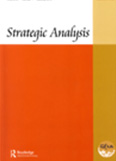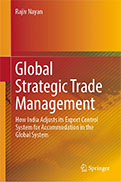Emerging Frontiers of US Dual-Use Export Control Laws
The paper examines the salient features of the principal statutory authority, the Export Administration Act (EAA), that is, at present, governing dual-use technology control in the US, and the frontiers of dual-use export control after the enactment of the new Act. An analysis of different provisions of the bills for the new Act indicates mixed features. It does not completely liberalise the control of dual-use technology, and continues to have in place a number of curbs.
- Published: January 2005










